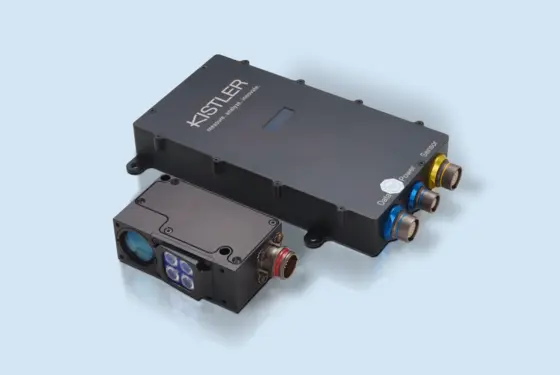Dec 3, 2025
Media release
EcoRodovias implements Kistler WIM for MLFF tolling and weight enforcement in Brazil
The Weigh In Motion evolution enables efficient tolling and accurate weight monitoring.

Keep yourself informed – learn more about the Kistler Group.

















